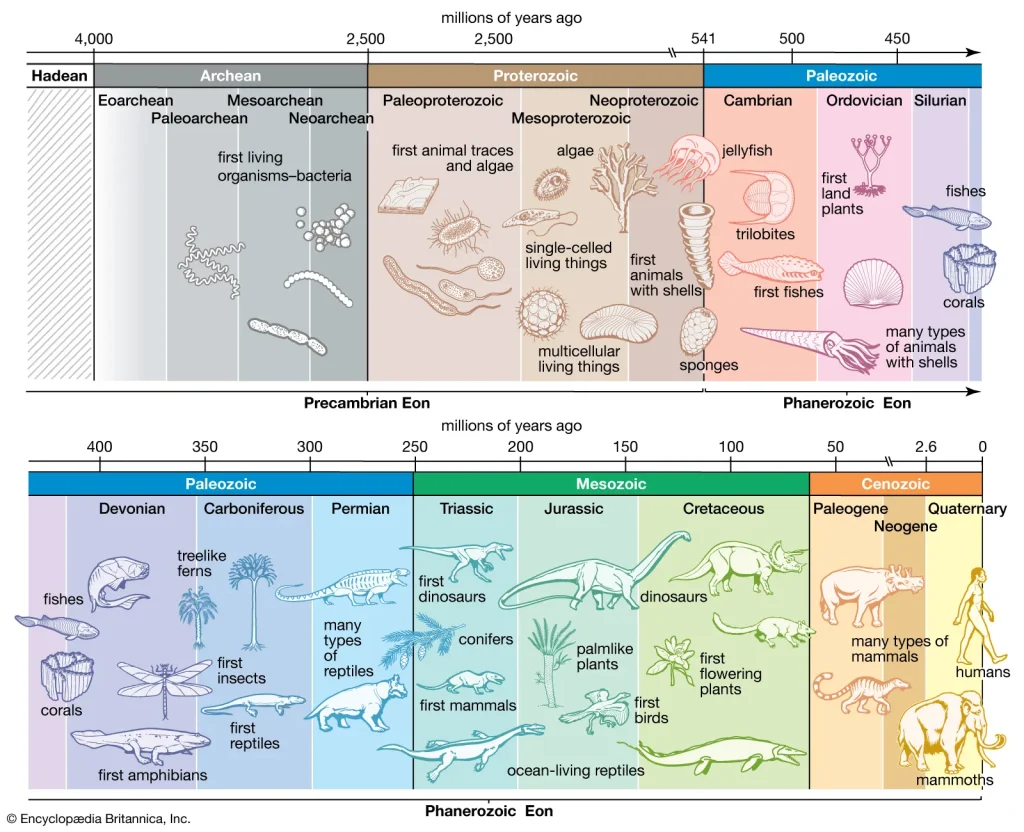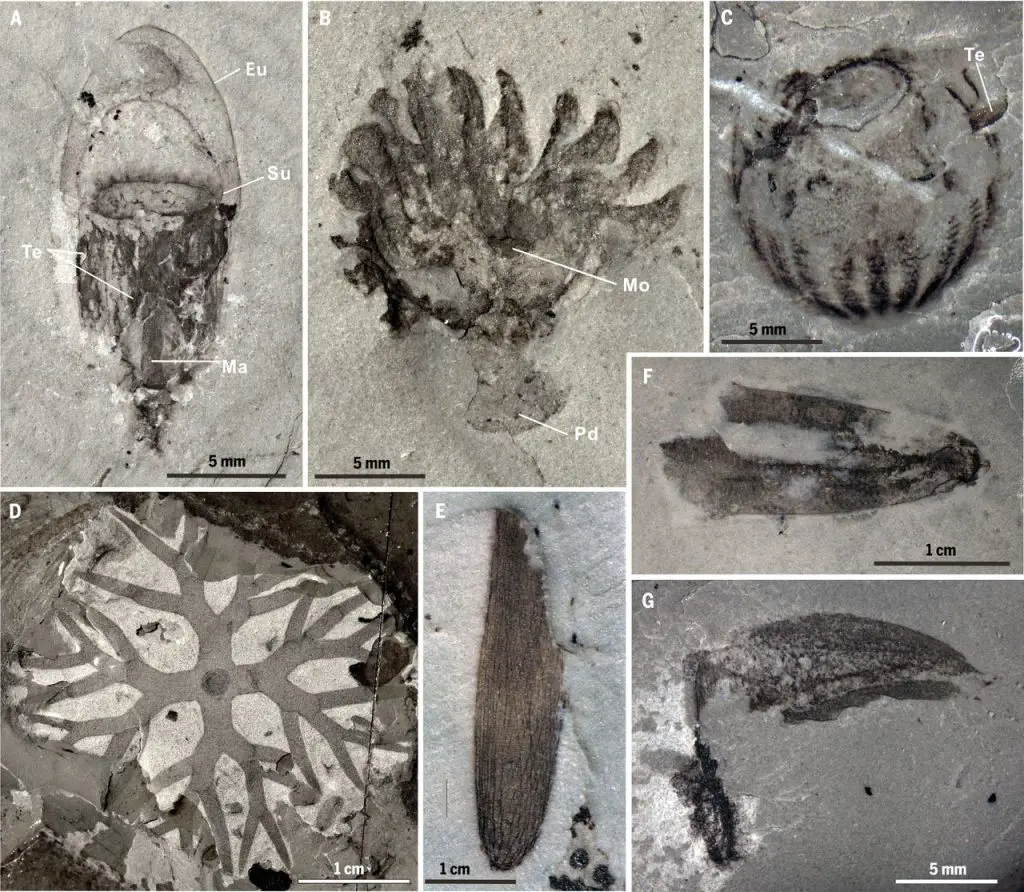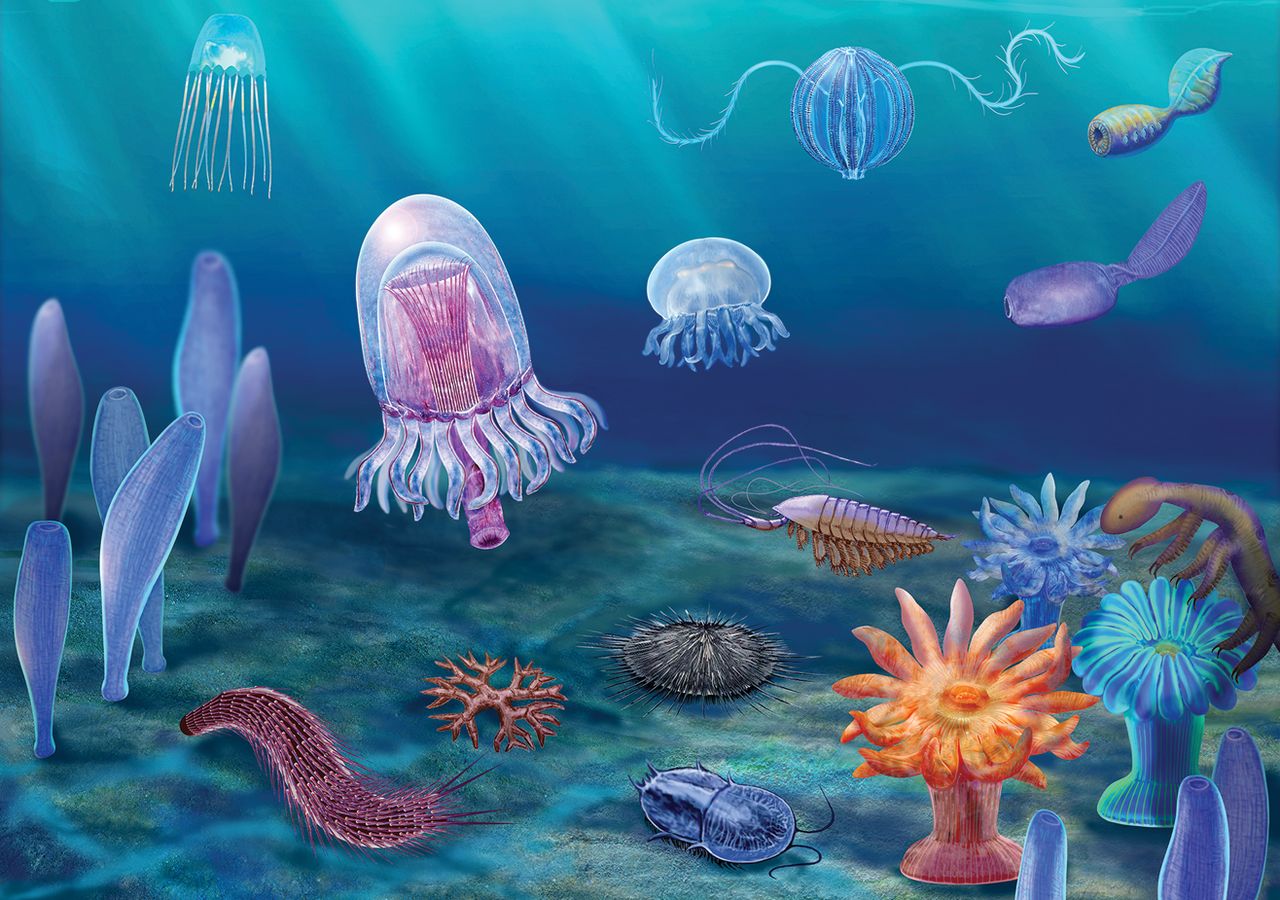 he origin and evolution of life on Earth have long been subjects of fascination and scientific inquiry. Among the most intriguing questions is what the first animals on our planet looked like. Understanding these ancient organisms is crucial in piecing together the story of early life and the emergence of complex multicellular organisms. In this article, we will delve into the enigmatic world of the first animals, exploring their characteristics, evolutionary significance, and the methods scientists employ to uncover their secrets.
he origin and evolution of life on Earth have long been subjects of fascination and scientific inquiry. Among the most intriguing questions is what the first animals on our planet looked like. Understanding these ancient organisms is crucial in piecing together the story of early life and the emergence of complex multicellular organisms. In this article, we will delve into the enigmatic world of the first animals, exploring their characteristics, evolutionary significance, and the methods scientists employ to uncover their secrets.
The Rise of Animal Life
The early stages of life on Earth were dominated by single-celled microorganisms, such as bacteria and archaea. However, approximately 600-700 million years ago, a pivotal shift occurred with the emergence of the first animals. This marked a significant milestone in the evolutionary history of life, leading to the diversification and proliferation of complex multicellular organisms.
The Ediacaran period, spanning from approximately 635 to 541 million years ago, offers valuable insights into the early evolution of animal life. During this time, diverse and enigmatic organisms known as the Ediacaran biota flourished in ancient marine ecosystems. These organisms, though not directly related to modern animals, provide important clues about the anatomical and ecological characteristics of early animal life forms.

The Cambrian explosion, which occurred around 541 million years ago, marks a pivotal period in the evolution of animal life. During this time, there was a rapid diversification and proliferation of complex animal forms. The fossil record from the Cambrian period offers a wealth of information about the anatomical structures and ecological interactions of these early animals.
Exploring the First Animal Fossils
Reconstructing the appearance of the first animals relies heavily on the analysis of fossil evidence. Paleontologists meticulously study ancient rocks and sediments, searching for preserved remains of early animals. Fossils can take various forms, ranging from mineralized hard parts like shells and bones to imprints, tracks, and even chemical traces left behind by long-extinct organisms.
Some of the most remarkable fossil deposits that have provided insights into the first animals are the Burgess Shale in Canada and the Chengjiang biota in China. These sites have yielded exquisitely preserved fossils that offer glimpses into the soft-bodied organisms of the past. By studying these exceptionally preserved fossils, scientists can gain a deeper understanding of the morphology and lifestyles of ancient animals.

Reconstructing the appearance and characteristics of the first animals is not without its challenges. Fossilization is a rare event, and the preservation of soft tissues is even rarer. As a result, the fossil record may not fully capture the diversity and complexity of early animal life. Additionally, interpreting fossils requires careful consideration of potential biases, as the absence of certain features does not necessarily imply their nonexistence in ancient organisms.
Unveiling Ancient Animal Forms
Among the earliest animal groups are sponges, simple multicellular organisms that have remained relatively unchanged throughout evolutionary history. These filter-feeding organisms have porous bodies and lack distinct tissues and organs. By studying modern sponge species and their genomes, scientists can infer some characteristics of early animal forms.
Comb jellies, or ctenophores, are mesmerizing creatures that also offer insights into early animal forms. These gelatinous organisms possess unique anatomical features, including rows of cilia for locomotion and adhesive cells for capturing prey. Comb jellies are thought to represent one of the earliest branching lineages in animal evolution, providing clues about the diversity of early animal forms.
Segmented wormlike creatures, such as the extinct Wiwaxia and the extant velvet worms, showcase the existence of early animal forms with distinct body segments. These organisms exhibit features that hint at the transition from simple multicellular organisms to more complex animals, potentially serving as ancestors to diverse animal lineages.
The first animals on Earth remain shrouded in mystery, but scientific investigations continue to shed light on their enigmatic forms and evolutionary significance. Through the study of fossil evidence and the exploration of extant organisms, researchers are gradually unraveling the characteristics and ecological roles of these ancient creatures. By piecing together the puzzle of early animal life, scientists deepen our understanding of the origins of complex multicellular organisms and the remarkable journey that led to the diverse and vibrant array of species we see today.
Avid Writer with invaluable knowledge of Humanity!
Upcoming historian with over 30 million views online.
“You make your own life.”





